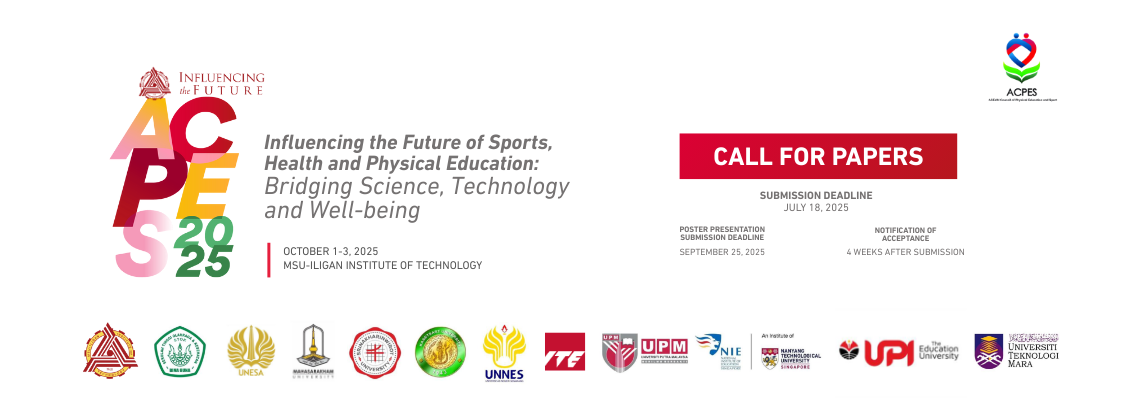Speaker
Description
Empirical evidence indicates that children and adolescents engaged in sports are more likely to meet physical activity guidelines compared to non-participants, and they tend to remain active in adulthood. With the high prevalence of physical inactivity among youth worldwide, sports participation provides a viable means for them to engage in physical activity. Thus, promoting youth sports participation can be an important public health strategy. The prevalence of sports participation among adolescents in the Philippines, particularly in Mindanao, remains undocumented. This cross-sectional study used data from the 2019 Functional Literacy, Education, and Mass Media Survey to describe the prevalence of sports participation among children and adolescents in Mindanao and to examine its correlates. The sample included 4,388,347 children and adolescents aged 10 to 17 years (M = 13.49, SD = 2.26), with 50.8% males and 49.2% females. Findings revealed that only 4.4% of Filipino youth reported engaging in sports. Binary logistic regression analysis indicated that older adolescents and females are less likely to participate in sports, whereas those residing in rural areas and attending private schools are more inclined to engage in sports. Results suggest that most Filipino children and adolescents do not participate in any sport activities. Sports leaders, educators, health professionals, local government officials, and policymakers, need to extend sports opportunities to a broader youth demographic, rather than concentrating efforts solely on those already exhibiting athletic tendencies. Females, adolescents, urban residents, and those from public schools could particularly benefit from such initiatives.
Keywords: public health, organized sports, youth

